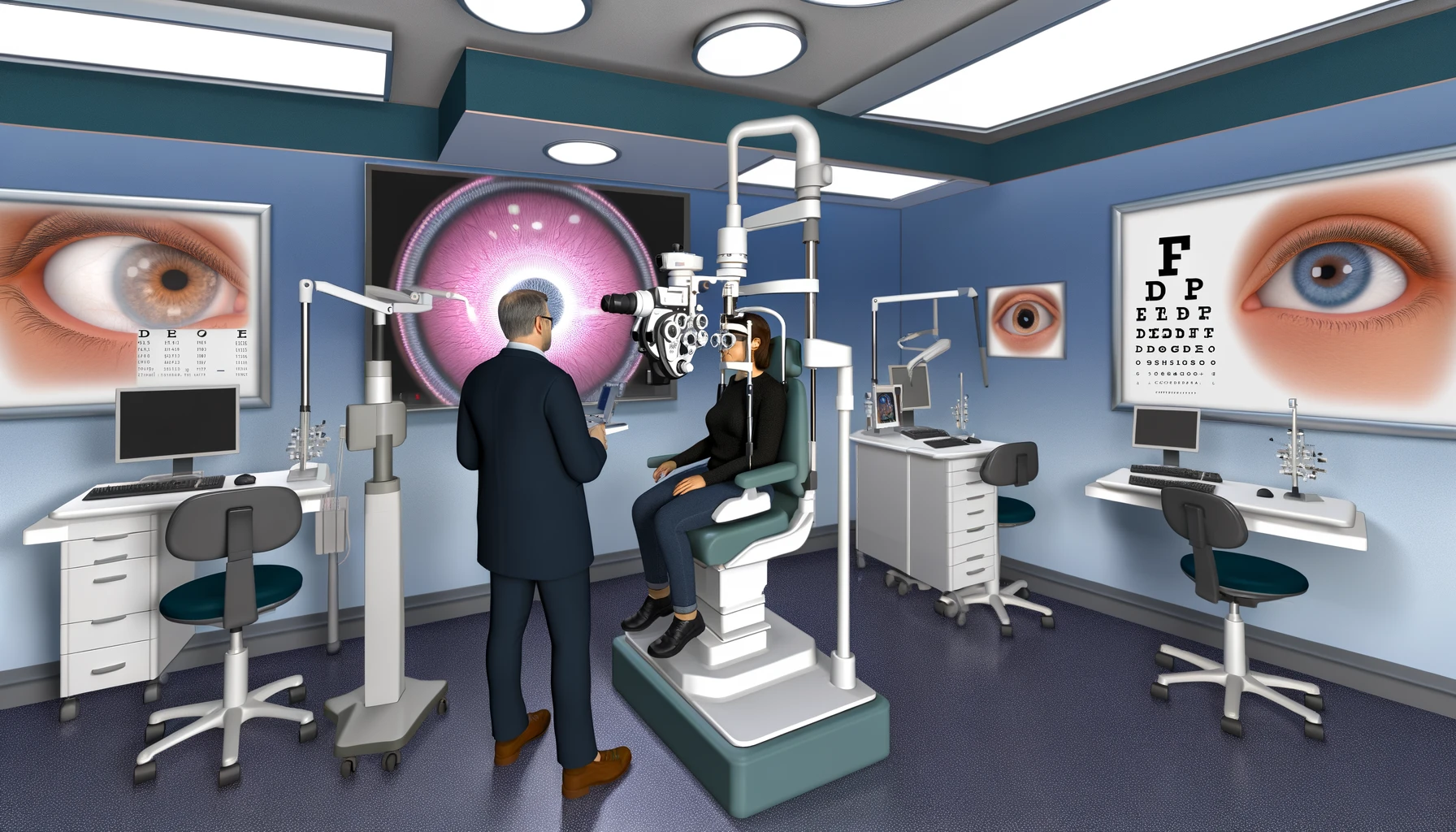As the pandemic ends, the state will restart its annual eligibility reviews for Medi-Cal. That means some people could lose their coverage. Medi-Cal is California’s version of the national Medicaid program, which provides health care coverage for low-income families and individuals. It uses a managed care system where enrollees are assigned to one medical group, and they get referrals for specialist visits.
What is Medi-Cal?
The Medi-Cal program provides free or low-cost healthcare services. It covers doctor visits, dental screenings, prescription medications, hospital stays, and many other benefits. The state and federal governments run the program. Millions of Californians have disabling conditions or chronic illnesses that require long-term services and support (LTSS). Medi-Cal provides a patchwork of programs that help these people with their daily needs. The majority of people enrolled in Medi-Cal use “managed care” plans. These plans are similar to HMOs. Each member has a primary care physician who will refer them to specialists when necessary. Those not assigned to managed care plans receive “fee-for-service” Medi-Cal. Under this system, members are free to choose doctors and facilities in the network of their choice. However, this can increase costs and limit choice.
You can apply for Medi-Cal at any time during the year. You can also apply for subsidized coverage through Covered California simultaneously, but you must enroll in both during an open enrollment period. For example, if you have children eligible for Medi-Cal, you must complete the Covered California application to be able to purchase an affordable health insurance plan. Similarly, suppose you have family members who still need to be eligible for Riverside County Medi-Cal services. In that case, applying for them before the open enrollment period ends is best.
Who is Eligible For Medi-Cal?
The Medi-Cal program aids low-income people, and families in covering the costs of doctor’s appointments, prescription medications, hospital stays, and medical equipment. Federal and state taxes support the program. Individuals and families may qualify based on income, age, disability status or other factors such as pregnancy or family size. The program does not discriminate based on sex, religion, race, national origin, sexual orientation, or marital status. Individuals with a disabling condition or a chronic illness requiring ongoing support services, such as care from a nurse or therapist, may qualify for long-term benefits and supports plan (LTSS) through Medi-Cal. Counties manage these programs. Many county departments offer private commercial plans.
With the passage of the Affordable Care Act, California opted to expand Medi-Cal eligibility. The Federal Poverty Guideline (FPG) is an annual income cap of $20,120 for a single person. The expansion makes anyone with earnings below this cap eligible. It includes children in foster care on their 18th birthday, individuals who are blind or disabled, pregnant women, nursing homes or intermediate care facilities residents, and individuals with temporary refugee status. The asset and property limits are also removed for those enrolled in expanded Medi-Cal.
How Do I Get Medi-Cal?
If you are still determining if you qualify for Medi-Cal, try our online tool. See if I’m Eligible before you complete the actual application. Once you have completed the application, a County Eligibility Worker will decide if you qualify. If you qualify for Medi-Cal, you will be mailed a benefits identification card and an informational packet explaining your county’s managed care health plan options, including how to enrol. Depending on your county, these plans could be private. Alternatively, they may be public plan options administered by the county. Many counties offer many managed care health plans with large networks of doctors and facilities. The programs are made to accommodate a range of ages, conditions, and lives. You may also be eligible for additional dental and vision coverage services. If you want to visit a specialist or undergo specific testing, your primary care doctor may need to recommend you. However, you can visit any hospital that accepts Medi-Cal if you have an emergency. You will be required to renew your Medi-Cal coverage each year. You must reply by the date stated in the letter if you get a renewal notification. Suppose you have any questions or concerns about your Medi-Cal renewal. In that case, you can contact Benefits Cal, a service of the Department of Health Care Services (DHCS) that assists people applying for or receiving Medi-Cal and other programs, such as California’s version of food stamps, called CalFresh.
How Does Medi-Cal Work?
Over the past several years, California has transitioned to a managed care model for delivering its services. It means that instead of the state paying for each service and visit on a fee-for-service basis, it contracts with health plans to provide all or part of its services in exchange for a monthly payment called a capitation. The programs are accountable for and at financial risk for the health outcomes of the enrollees they serve and for cost control. The first managed care pilot programs began as County Organized Health System (COHS) plans, which grew out of the counties’ historic role in financing and delivering primary care, public hospital services, mental health, and certain long-term services and support to their poor and medically indigent residents. More recently, the ACA’s Medicaid expansion and the California Bridge to Reform demonstration created additional beneficiary options. These include the Two-Plan Model, in which beneficiaries are enrolled in one commercial plan and a local publicly funded plan called a “Local Initiative” plan, and the Managed Long Term Services and Supports (MLTSS) program, which requires all dually eligible Medicare and Medi-Cal enrollees to be enrolled in a managed MLTSS plan. For many people, especially those with low incomes and assets, Medi-Cal is their only option for affordable health coverage. It is particularly true for seniors, children and individuals with disabilities, who are not yet eligible for the subsidized marketplace plans offered by Covered California.




